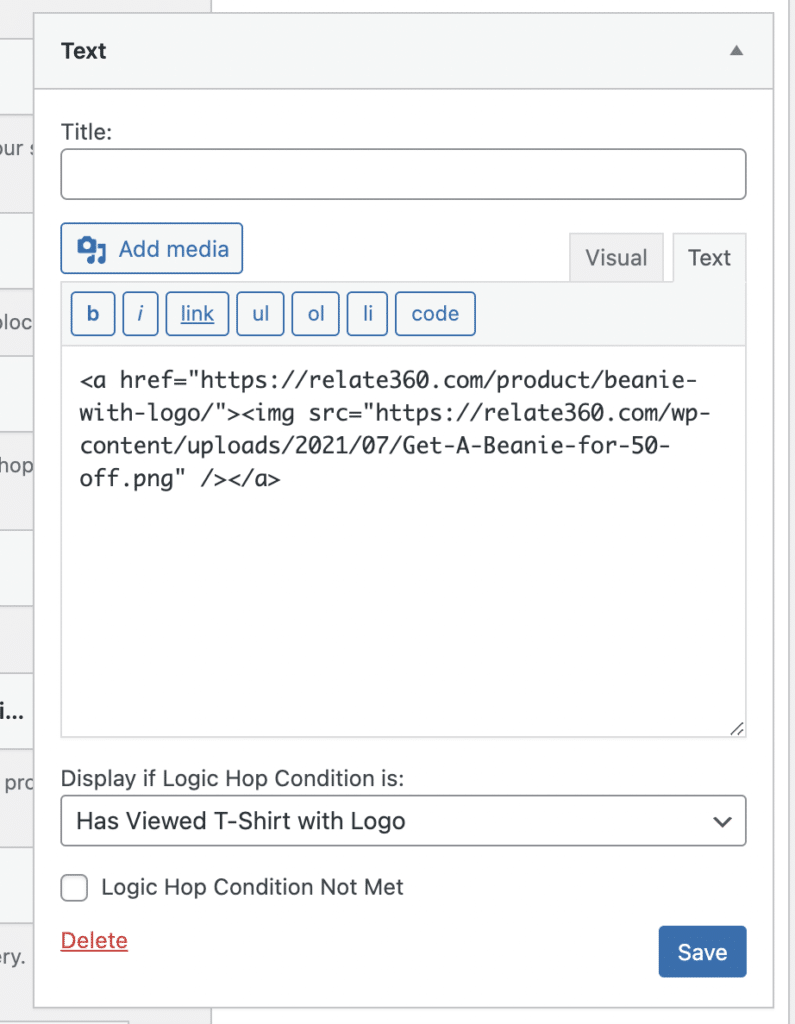You've likely heard that third party cookies are going to die, right?
Look, I know it's Friday night. I'm already at a resort for this weekend because it's my 17th anniversary with my wife. So what am I doing writing a blog post right now? Well, I write daily. That's why. But why such a heavy topic as needing a first party data strategy? Because I'm a glutton for punishment. But also because I just figured something out.
For the past several months I've been asking different folks who are building some of the most popular new CRMs if they're doing stuff with anonymous users. Remember when I wrote about Bento and anonymous personalization?
Well, in chatting with the leading WordPress players – Groundhogg, FluentCRM, and Autonami – it was clear that none of them were moving in this direction. And I get that. Most of the focus and agenda has been on the CRM functions after you know who someone is (post-purchase, post-form completion, etc.).
But I've been reading articles like this one from Hubspot on the death of third party cookies.
What happens when you no longer can leverage platforms that leverage third party cookies? What happens when your previous strategies and tooling all disappear?
In my mind, it's all about how you handle anonymous users. In other words, you need a first party data strategy.
Let's back up a second…
What are we talking about here? What is third party? And what is first party? And what they heck is a first party data strategy?
The drive for user's privacy is showing up everywhere. If you've seen Apple's commercial, you've seen the physical manifestation of how third party platforms have been tracking everyone and everything.
You visit somewhere, and boom, there's a cookie that tells other platforms where you've been. That's third party data because the platform that's analyzing where you've been isn't the site you were on. Visit the Nike store? We're not talking about what Nike knows about you. We're talking about what Facebook knows about you because of that Nike cookie (a tiny bit of code left on your computer from your visit to the Nike store).
The more we've been tracked, the more frustrated we've become. And the more data that is out there about who we are and what we've seen, bought, and done.
Now, none of the players – not Google, not Apple, not Facebook – are altruistic. Every one of them has a play for how they're navigating all this. But one thing is clear – the game is changing.
And if third-party data disappears, it's going to hurt every platform. And if it hurts platforms, your strategies (which may include ads, etc.) may perform more poorly.
And suddenly you're going to need to pay way more attention to what people are doing anonymously on your own site. Learn from their behavior and deliver a better experience – all while not tracking their personal information.
That's what I mean when I say you need a first party data strategy.
And for weeks I've been playing with different approaches to how to pull this off cleanly. Especially with solutions like WooCommerce – because anonymous personalization in eCommerce is already working.
You've already experienced Amazon's first party data strategy
Ever been to Amazon, looked at watches, and then left, only to return the next day and see recommendations based on what you looked at before? They're using the data they collected (without knowing your name, email, or phone numbers) to show you similar and hot selling items in the category you were visiting already.
And it works.
I can't tell you how many times I've been recommended something I didn't even know I needed. 🙂
But let's be clear – neither you nor I are Amazon. We don't have that kind of data, infrastructure, or budget to build an approach that matches what they do.
Or do we.
Have you ever heard of Logic Hop?
They have a product that does anonymous personalization in such a way that you can drive action based on lots of triggers without knowing anything about your customers except their behavior.
This is a seriously powerful no-code solution for leveraging buyer behavior. And as a result – it becomes a key component in building your own first party approach to personalization.

PROS:
- No coding required.
- Integrates with WooCommerce.
- Works with Gutenberg and all other page builders.
CONS:
- It is pricey if you have a ton of sites.
- They need more “recipes” to show you how amazing this is.
Logic Hop
A powerful personalization solution for WordPress (and WooCommerce) that allows you to dynamically customize content without writing code.
| Easy to Use | You can customize content without writing code. |
| Fully Integrated | You can change anything from button colors, to titles and text. |
| Get Help | They offer free content personalization plan to help you. |
Let me show you how Logic Hop works
After installing Logic Hop (instructions are detailed), I was able to get started right away by building a condition.

This is possible because of their WooCommerce add-on that is included with any of their licenses.
What I'm saying is that I want to know if anyone has viewed this one product, the T-shirt with Logo. If they have, that's the condition that I'll use to do something else.
Could I do a different condition? Sure. I could say that I want to know if they have put that product in their cart. Or Logic Hop lets me check to see if they've ever made a purchase before. And so much more.
But the point is that I don't end there. Creating a condition is just the start.
Now I have to put it to work. And here's what I did.
I went over to Canva to create a little ad. You know I love Canva.
And then I created an ad for a beanie. (I never said I was a graphic designer or great at creating ads.)

All that was left to do was turn that into something powerful by saying that I only wanted this ad to show up if the earlier condition was met. Meaning – if you had already looked at the t-shirt, then I wanted to show you this beanie (currently on sale).

It literally couldn't have been any easier. I created a widget that would only show the ad if the condition was met. Logic Hop makes it easy by adding this option to my widgets.
(Note: they give me more options to use conditional tags, short codes and more. So widgets aren't the only way to use this, but it is really, really easy.)

The result worked perfectly as I visited the post and there was no ad. Then I visited the t-shirt and went back to the post. As you can imagine, the ad now showed up.
Third party cookies will die, but our marketing strategies don't have to
The bottom line, and now that it's getting late I assume you might read this on the weekend, is that you can build a first party data strategy when you have the right tools and know how to use them.
If I visit your site, and you use my behavior during my visit, to shape the experience to make it better for me, I'm not going to be mad. Especially if you do that without me being logged in to your site!
Using first party data – the data that is generated on your site by people visiting your site – just makes good common sense. And Logic Hop helps you with it.
